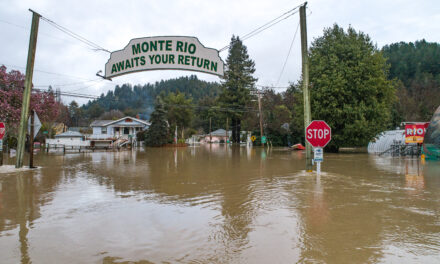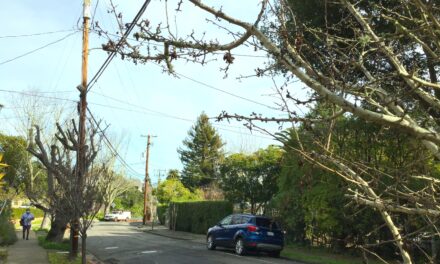Silicon Valley Reboots on Adaptation Work
With the aid of a $150,000 grant from the National Fish Wildlife Foundation, Santa Clara County embarked on a substantial new resilience planning effort this summer. In June the county’s Office of Sustainability convened the first meeting of the County Climate Collaborative, bringing together cities, CBOs and other key partners to identify adaptation and resilience priorities.
“Climate change is not a local problem,” says project lead Magdalena Sta Maria. “The collaborative is meant to help us figure out how to move as a region, and give cities a chance to chime in on what they think should be a priority based on their communities.”
The collaborative will help develop the Santa Clara County Resiliency Strategy for sea level rise and flooding, which will prioritize protecting ecosystems as well as communities. In August the county contracted with Blue Point Planning to develop the strategy, together with the Farallon Strategies and San Francisco Estuary institute. The strategy is due by the end of 2022; after that, says Sta Maria, the hope is to continue the collaborative, with working groups tackling different priority areas such as wildfire and transportation.
Both the climate collaborative and the resilience strategy will be aided by an updated version of Silicon Valley 2.0, a climate change preparedness decision-support tool that models future climate change impacts on county assets and the resulting financial costs. “Originally the tool was focused just on hard assets, not people assets,” says Sta Maria. “Now we are adding community vulnerabilities and health impacts,” as well as updating the underlying data to reflect more recent climate change projections. The update is expected to be complete in early 2022.
MORE
Other Recent Posts
WRT
WRT is a landscape architecture and planning firm that does climate resilience and adaptation projects.
Gleaning in the Giving Season
The practice of collecting food left behind in fields after the harvest is good for the environment and gives more people access to produce.
New Study Teases Out Seawall Impacts
New models suggest that sea walls and levees provide protection against flooding and rising seas with little effect on surrounding areas.
Oakland High Schoolers Sample Local Kayaking
The Oakland Goes Outdoors program gives low-income students a chance to kayak, hike, and camp.
Growing Better Tomatoes with Less Water
UC Santa Cruz researchers find the highly-desired ‘Early Girl’ variety yields more tomatoes under dry-farmed conditions.
Santa Clara Helps Homeless Out of Harm’s Way
A year after adopting a controversial camping ban, Valley Water is trying to move unsheltered people out of the cold and rain.
The Race Against Runoff
San Francisco redesigns drains, parks, permeable pavements and buildings to keep stormwater out of the Bay and build flood resilience.
Learning the Art of Burning to Prevent Wildfire
In Santa Rosa’s Pepperwood Preserve, volunteers are learning how controlled fires can clear out natural wildfire fuel before it can spark.










